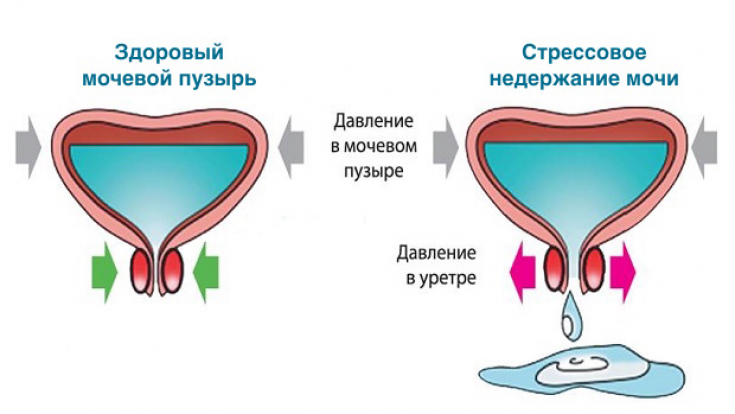Urinary incontinence can be called one of the most embarrassing problems of the modern woman. Everything around contributes to the development of this state – and a sedentary lifestyle, and pregnancy, and childbirth, and poorly developed pelvic floor muscles. In order to cope with it, sometimes it is enough to change the way of life.
However, when uncontrolled urination is caused by anatomical disorders, inflammatory changes or neurological pathology, specialists resort to radical methods of treatment, more about which you can read on estet-portal.com in this article.
Urinary incontinence in women: treatment depends on the precipitating factor
Stress urinary incontinence is the most common. It is it that occurs as a result of the weakening of the muscles of the pelvic floor and the fixing apparatus of the bladder. As a result of these changes, with an increase in pressure in the abdominal cavity, which happens when coughing, laughing, lifting heavy, urine leaks.

Another kind of involuntary urination – This is urge incontinence. It occurs due to a violation of the nervous regulation of the bladder.
Situational urinary incontinence is not accompanied by organic changes in the genitourinary system, and occurs under the influence of certain triggers, which are often psychological in nature.
An inconvenient problem: why incontinence occurs in women
Diagnosis of the main types of urinary incontinence in women
To determine the type of urinary incontinence, the patient must be examined. Diagnosis includes an examination by a gynecologist, determination of body mass index, as well as a neurological examination. It is also imperative to conduct a urine test for the presence of infections of the genitourinary system, and ultrasound of the pelvic organs.
The most informative in the diagnosis of urinary incontinence is the study of urodynamics.
To assess urodynamics, methods such as uroflowmetry are used, which allows you to determine the amount of urine excreted per unit of time. Cystometry is used to measure intravesical pressure as the organ fills, and urethral profilometry – to determine the pressure in the urethra, as well as to assess the closing function of the urethral sphincter.
For the latest articles, read Facebook!
The main approaches to the treatment of urinary incontinence in women
Non-drug treatments for urinary incontinence include weight loss, caffeine restriction, pelvic floor muscle training, and behavioral therapy.
Oral contraceptives may be used for stress urinary incontinence.
Hyaluronic acid-based fillers are also used for the treatment of stress incontinence, which are injected paraurethral. However, the effect of such treatment is short-lived. This type of urinary incontinence is best treated with minimally invasive surgery.
For the medical treatment of urge urinary incontinence, anticholinergics are used: oxybutynin and tolterodine. Intravesical injections of botulinum toxin also have a positive effect on this type of urinary incontinence.
Thus, for the effective treatment of urinary incontinence, it is important not to be afraid to use invasive methods that are much more effective in getting rid of this "silent" incontinence. problems.
Read also: What symptoms indicate a violation of the innervation of the bladder






Add a comment